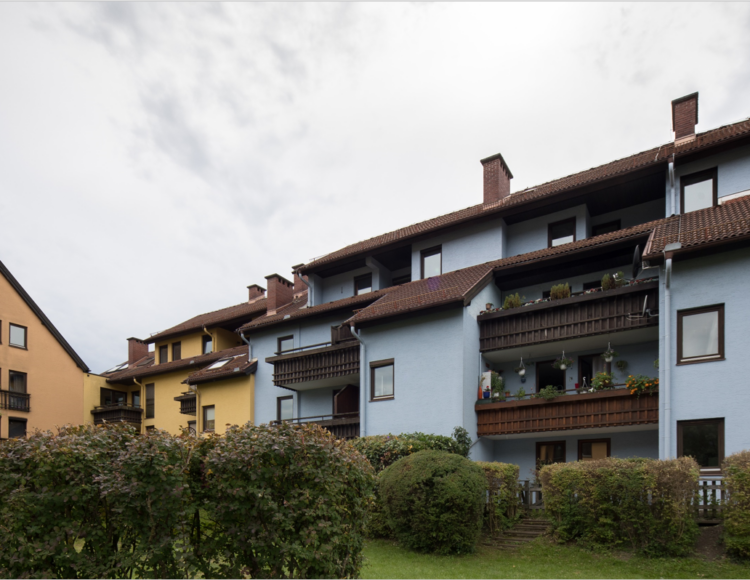After a crucial Housing For All debate at the European Parliament in Brussels and commitment from cities and MEPs to deliver more decent housing, some major responses on how we can tame private housing markets have come straight from Vienna, more specifically from the Austrian Institute of Economic Research (WIFO) and our member, the Austrian Federation of Limited-Profit Housing Associations (GBV). The side event took place immediately after the Bootcamp workshops Housing Europe organised as part of the European Affordable Housing Initiative capacity-building programme.
.
Michael Klien, a researcher at WIFO, said that to deal with unbearable private housing costs, governments have mostly tested three approaches: the additional supply of private homes that has been tried all over the world with mixed success; the regulating approaches – setting rent caps or rent brakes; and transfer to public ownership. Looking into the nitty-gritty of the Austrian housing model, however, the research institute decided to dig into data from 50 years of labour force, 4.4 million households, and 12 million people which showed that the stock of non-profit homes has grown from 9% to 17% or from 18% to 40% in the rental market. What they also found was that in the so-called Boom-Bust cycles – phases of economic growth and decline – the private rental market has been massively fluctuating while not-for-profit housing, and homes delivered by GBV have had stable construction activity.
Here came the first revelation. The larger the share of not-for-profit housing was in Austria, the more it was bringing private rents towards more normal levels. The data has shown that 10% more not-for-profit homes would mean 30-40 cents lower mark-up of private providers. While for low shares of social housing, Michael Klien has seen a very low effect on the cost of private homes, the tipping point has become very apparent once the ratio between not-for-profit homes and private homes was 50/50.
“A non-profit housing system in Austria costs taxpayer money but it is a good investment. It reduces the amounts needed for household subsidies, shifts resources from high-income landlords to more construction and economy-wide consumption, it is a net gain for the economy,” he said.
Moderating the session, Housing Europe’s Secretary-General, Sorcha Edwards also added that the Austrian housing model – private companies delivering not-for-profit housing – is not so common across Europe but it offers value for money in terms of societal payback in an economic, social, and environmental sense. It also offers stability in boom and bust.
“The OECD is promoting the Austrian housing model, Dublin has been inspired by Vienna. It is a long historical path but it is possible to take this direction and Housing Europe expects the EU to send clear signals of support via the EU Semester, State Aid, finance, and funding rules,” she stressed.
Affordable housing provided by Austrian limited-profit housing associations has positive impacts not only on their tenants and the economy (as a previous study showed) but also influences prices in the housing market more widely.
Re-watch the conference “Shaping housing markets – the economic impacts of affordable housing” which took place on September 19 in Vienna.
Read “The economic benefits of affordable housing”, a research brief from March 2021, conducted also by WIFO and GBV.
